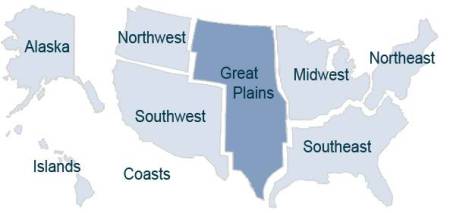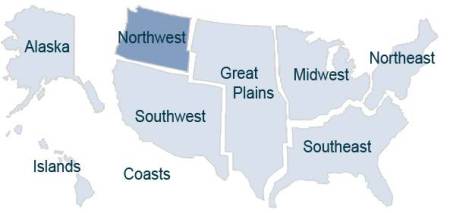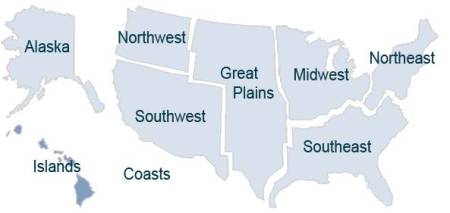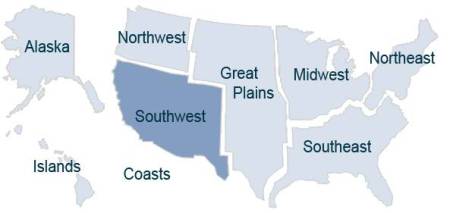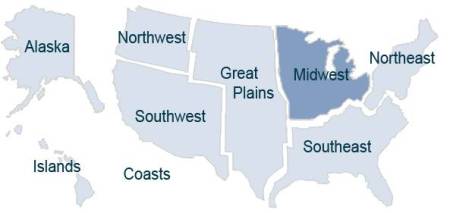Excerpt from the Southwest Climate Change Network, written by Zack Guido, University of Arizona
Greenhouse gases (GHGs) such as carbon dioxide, methane, and water vapor, are naturally part of the Earth’s atmosphere. These gases tap heat from the sun’s radiation in the atmosphere and act as powerful amplifiers of temperature. The natural greenhouse gas effect (Figure 1) helps to elevate the average temperature in the lower atmosphere to a comfortable 60 degrees F. Without GHGs, average atmosphere temperatures would …


